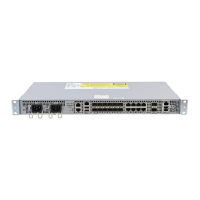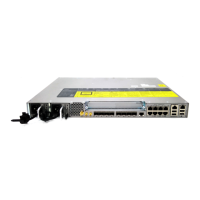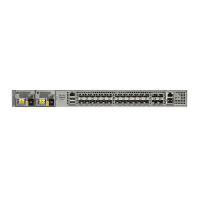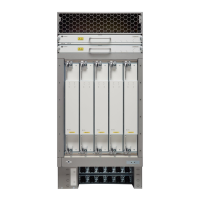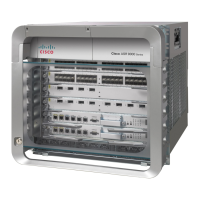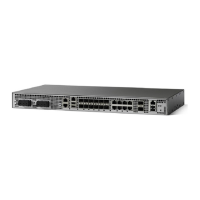Before You Begin
•
Knowledge and understanding of the network topology.
•
Understanding of organizational entities involved in managing the network; for example, operators,
service providers, network operations centers (NOCs), and customer service centers.
•
Understanding of the type and scale of services to be offered.
•
Agreement by all organizational entities on the responsibilities, roles, and restrictions for each
organizational entity.
•
Determination of the number of maintenance domains in the network.
•
Determination of the nesting and disjoint maintenance domains.
•
Assignment of maintenance levels and names to domains based on agreement between the service
provider and operator or operators.
•
Determination of whether the domain should be inward or outward.
SUMMARY STEPS
1.
Determine operator level MIPs.
2.
Determine operator level MEPs.
3.
Determine service provider MIPs.
4.
Determine service provider MEPs.
5.
Determine customer MIPs.
6.
Determine customer MEPs.
DETAILED STEPS
PurposeCommand or Action
Follow these steps:Determine operator level
MIPs.
Step 1
•
Starting at lowest operator level domain, assign a MIP at every interface internal to
the operator network to be visible to CFM.
•
Proceed to next higher operator level and assign MIPs.
•
Verify that every port that has a MIP at a lower level does not have maintenance points
at a higher level.
•
Repeat steps a through d until all operator MIPs are determined.
Follow these steps:Determine operator level
MEPs.
Step 2
•
Starting at the lowest operator level domain, assign a MEP at every UNI that is part
of a service instance.
•
Assign a MEP at the network to network interface (NNI) between operators, if there
is more than one operator.
•
Proceed to next higher operator level and assign MEPs.
Carrier Ethernet Configuration Guide (Cisco ASR 920 Series)
253
Configuring Ethernet CFM
Designing CFM Domains
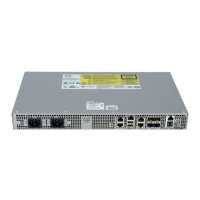
